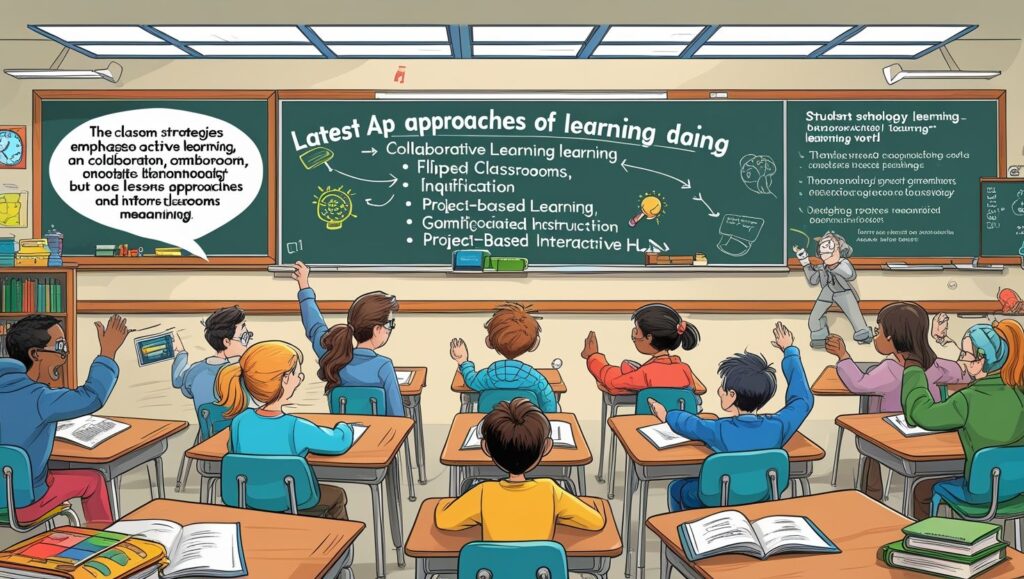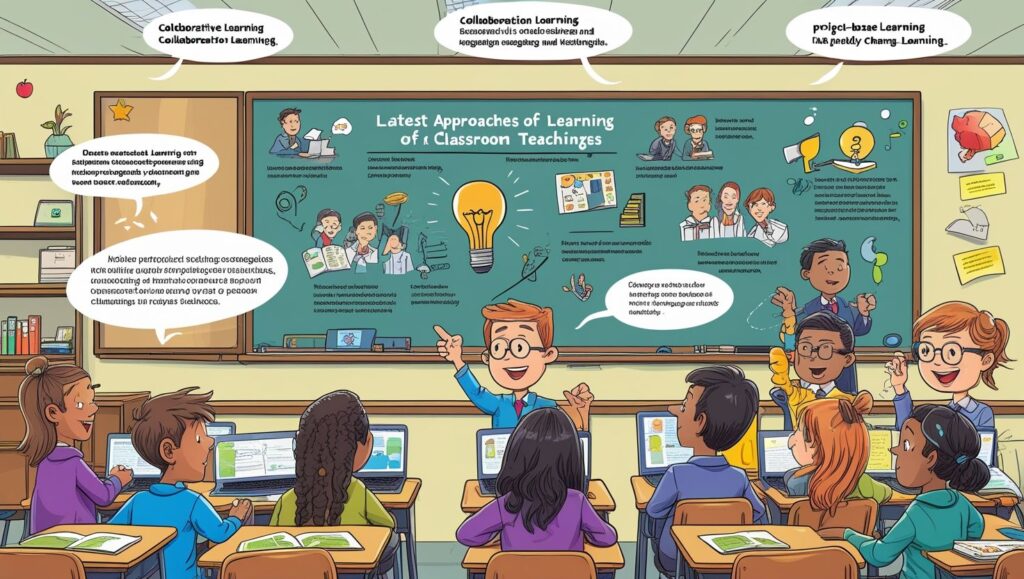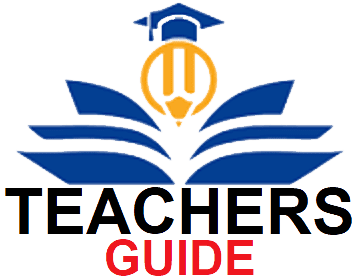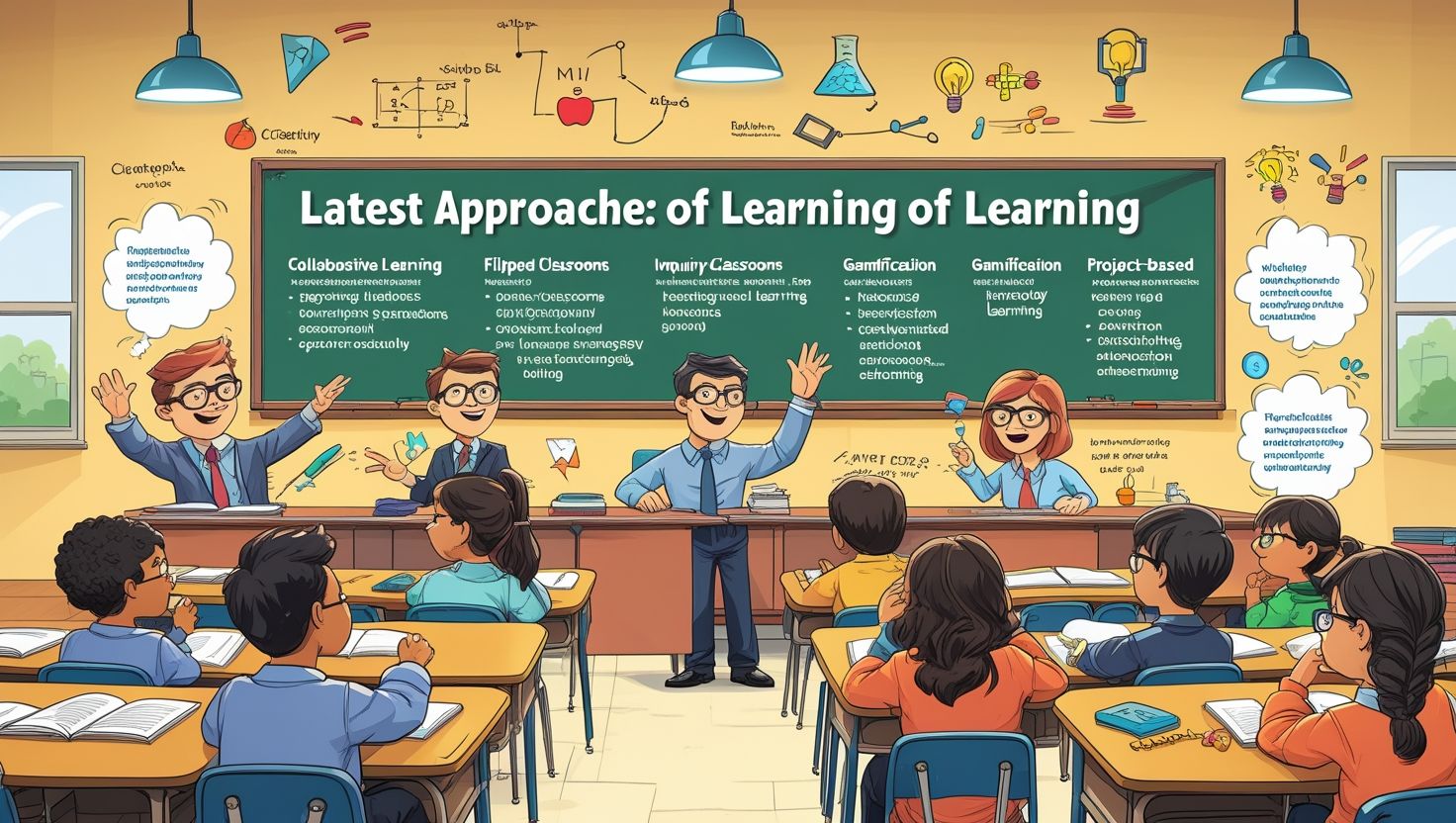Introduction
Latest Approaches of Learning during Classroom Teachings, Education today has undergone remarkable change. In modern classrooms, the traditional lecture-based model has gradually been replaced or enhanced by innovative approaches. These new strategies not only increase engagement but also foster critical thinking and creativity. With global challenges and rapid technological development, learners need new ways to acquire knowledge. Therefore, the latest approaches of learning focus on active participation, collaboration, and problem-solving. In addition, these methods integrate technology and personalized instruction, which makes learning more effective and relevant. Furthermore, teachers now adopt learner-centered approaches that allow students to play an active role in their own educational journey. Since every classroom is diverse, these strategies address different learning styles and needs. Moreover, these approaches aim to bridge the gap between theory and practice, preparing students for real-world challenges. Clearly, the role of teachers has also shifted from being knowledge transmitters to facilitators of learning. Consequently, the classroom has become an interactive hub where ideas are shared and skills are nurtured. Thus, exploring the latest approaches to learning is essential in order to understand how education is adapting to the demands of the 21st century.
Collaborative Learning
Collaborative learning is one of the most significant approaches in today’s classrooms. It emphasizes teamwork, cooperation, and the sharing of knowledge among peers. Instead of working individually, students engage in group tasks where they discuss, brainstorm, and solve problems together. As a result, learning becomes more interactive and dynamic. Moreover, collaborative learning allows students to respect diverse perspectives and learn from each other’s experiences. Teachers often encourage activities like group projects, debates, and peer assessments to strengthen collaboration. In addition, this approach builds communication skills and enhances interpersonal relationships. Since students learn to negotiate, compromise, and support one another, their social and emotional growth also improves. Furthermore, collaborative learning is highly effective for critical thinking because it challenges students to defend their ideas and listen carefully to opposing views. Clearly, this approach prepares students for teamwork in professional and social environments beyond the classroom. Therefore, collaborative learning not only improves academic achievement but also develops life skills. With increasing globalization, the ability to work together is becoming more valuable. Thus, classrooms that promote collaborative learning are better preparing students for the future.
Technology-Enhanced Learning
Technology-enhanced learning has transformed classrooms into digital-rich environments. With the help of modern tools, students can access information quickly and efficiently. Teachers use smart boards, tablets, and projectors to deliver lessons in a more interactive way. Moreover, online platforms such as learning management systems, virtual simulations, and educational apps support student learning. As a result, students are more engaged and motivated because lessons become dynamic and visually appealing. Additionally, technology enables personalized learning by allowing students to move at their own pace. For instance, adaptive software can adjust tasks based on individual performance. Furthermore, virtual reality and augmented reality provide immersive experiences, making abstract concepts more understandable. Importantly, technology also supports distance and blended learning, which has become vital in recent years. Since students can now access resources anytime and anywhere, learning extends beyond the classroom walls. Nevertheless, it requires careful integration to ensure that technology enhances rather than distracts from learning. Teachers need training to use digital tools effectively. Consequently, when used wisely, technology empowers both teachers and learners. Therefore, technology-enhanced learning stands as a powerful approach shaping modern education.

Inquiry-Based Learning
Inquiry-based learning encourages students to become active investigators. Instead of simply receiving knowledge from teachers, students are guided to ask questions, explore topics, and discover answers on their own. This approach promotes curiosity, creativity, and deeper understanding. For example, in science classes, students may design experiments, collect data, and draw conclusions. As a result, learning becomes more meaningful and lasting. Moreover, inquiry-based learning strengthens problem-solving abilities because it requires critical analysis of information. Teachers act as facilitators by providing guidance and resources but allow students the freedom to direct their own learning. Additionally, this method connects classroom content with real-life situations, making knowledge more applicable. Furthermore, inquiry-based learning nurtures independent thinking and self-confidence since students take responsibility for their learning process. Clearly, it also encourages collaboration as learners often share findings and debate solutions. Importantly, this approach develops research skills, which are essential for higher education. Although it may take more time than traditional methods, the outcomes are more impactful. Therefore, inquiry-based learning is widely recognized as an essential approach in modern classrooms. It empowers students to become lifelong learners, thinkers, and innovators.
Flipped Classroom Approach
The flipped classroom is a unique approach that reverses the traditional teaching model. Instead of learning new material during class, students first explore content at home through videos, readings, or digital resources. Then, classroom time is dedicated to discussions, problem-solving, and applying concepts. As a result, learning becomes more student-centered and interactive. Moreover, this method allows students to learn at their own pace outside of class. They can pause, rewind, or rewatch lectures as needed, ensuring better understanding. Additionally, classroom sessions become more engaging because teachers focus on active learning activities rather than lengthy lectures. Furthermore, the flipped classroom supports differentiated instruction, as teachers can provide individual attention to students during class. Clearly, this approach also encourages responsibility and accountability in students since they must prepare before attending lessons. Importantly, it develops self-learning skills, which are valuable in higher education and professional life. Although it requires reliable access to technology, the benefits are significant. Therefore, the flipped classroom approach is gaining popularity across different educational levels. Ultimately, it transforms classrooms into spaces of collaboration, creativity, and active exploration of knowledge.
Gamification in Learning
Gamification introduces game-like elements into the classroom to enhance motivation and participation. Points, badges, leaderboards, and challenges are used to make learning more engaging. As a result, students become more enthusiastic and invested in their progress. Moreover, gamification encourages healthy competition, teamwork, and goal setting. For example, a teacher may design quizzes as interactive games where students earn rewards for correct answers. Additionally, gamification fosters perseverance because students remain motivated to achieve higher levels or complete challenges. Furthermore, it provides immediate feedback, helping learners track their strengths and weaknesses. Importantly, gamification also appeals to different learning styles since it combines visual, auditory, and kinesthetic activities. Clearly, it transforms the classroom into a dynamic and enjoyable environment. However, teachers must ensure that the focus remains on learning objectives rather than just winning. When applied thoughtfully, gamification can enhance both academic performance and personal development. Therefore, this approach is particularly effective in keeping students engaged in subjects that might otherwise seem difficult or dull. Ultimately, gamification proves that learning can be exciting, rewarding, and fun.
Personalized Learning
Personalized learning tailors education to meet the unique needs, abilities, and interests of each student. Unlike one-size-fits-all teaching, this approach adapts content, pace, and strategies according to individual learners. As a result, students feel more valued and motivated. Moreover, personalized learning often uses technology to track progress and adjust tasks automatically. For example, adaptive learning platforms provide exercises suited to each student’s performance. Additionally, this approach encourages students to set personal goals and reflect on their achievements. Furthermore, it builds confidence because learners experience success at their own pace. Teachers act as mentors, guiding students in selecting resources and strategies that fit their learning styles. Importantly, personalized learning also supports inclusivity by addressing diverse backgrounds and abilities within the classroom. Clearly, it fosters independence and responsibility, as students become active participants in shaping their learning journey. Although it requires significant planning and resources, the benefits are long-lasting. Therefore, personalized learning is increasingly viewed as a key approach in modern education. Ultimately, it ensures that every student receives meaningful opportunities to succeed and grow.

Project-Based Learning
Project-based learning (PBL) emphasizes learning through real-world projects. Instead of memorizing facts, students apply knowledge to solve authentic problems or create meaningful products. For instance, they may design a business plan, conduct a community survey, or build a model. As a result, learning becomes practical, engaging, and relevant. Moreover, PBL develops multiple skills simultaneously, such as research, teamwork, communication, and creativity. Teachers act as facilitators, guiding students in planning, executing, and presenting their projects. Additionally, PBL strengthens critical thinking because students must analyze situations and make decisions. Furthermore, it connects academic subjects with real-life applications, making knowledge more useful. Importantly, PBL promotes ownership of learning, as students are actively responsible for outcomes. Clearly, it also nurtures collaboration since projects often require collective effort. Although project-based learning requires more time and resources, its impact is significant. Therefore, many modern classrooms adopt PBL to prepare students for future careers. Ultimately, project-based learning transforms education into a hands-on, meaningful experience that develops both academic and life skills.
Conclusion
The latest approaches of learning during classroom teaching represent a major shift in education. Instead of passive learning, today’s classrooms emphasize active participation, collaboration, and creativity. Strategies such as collaborative learning, technology integration, inquiry-based learning, flipped classrooms, gamification, personalized learning, and project-based learning all contribute to this transformation. Moreover, these methods help students develop essential skills for the modern world, including communication, problem-solving, and adaptability. Teachers are no longer the sole sources of knowledge; rather, they guide and support learners on their journey. Additionally, these approaches ensure inclusivity by addressing diverse needs and abilities. Clearly, education today is about preparing students not just for exams but also for life beyond school. Furthermore, the success of these approaches depends on proper implementation, resources, and teacher training. As education continues to evolve, classrooms will increasingly become hubs of innovation, collaboration, and discovery. Therefore, adopting these latest approaches is essential to equip students for the challenges and opportunities of the 21st century. Ultimately, learning in today’s classrooms is not only about acquiring knowledge but also about creating meaningful, lifelong experiences.

